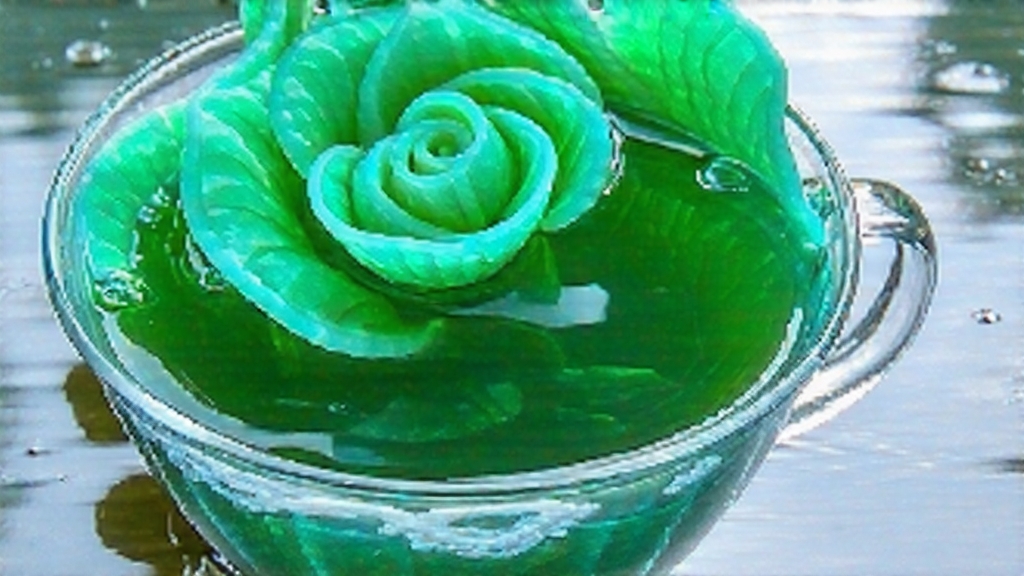
Biluochun, whose name translates literally to “Green Snail Spring,” is one of China’s ten most celebrated teas, yet it remains a quiet jewel outside specialist circles. Grown in the mist-cradled hills that rim eastern Taihu Lake in Jiangsu Province, this green tea seduces with the smallest leaf of all Chinese commercial greens and a fragrance so naturally sweet that early Ming-era poets swore the bushes absorbed the scent of nearby apricot, peach and loquat trees. To understand Biluochun is to listen to a 1,200-year dialogue between monks, emperors, horticulturists and the lake itself; to brew it well is to coax that conversation into a single translucent cup.
History: From Island Tribute to Imperial Romance
The first reliably dated mention appears in the Tang dynasty “Classic of Tea” by Lu Yu, but local annals push the story back further. In the eighth century, tea pickers on Dongting Mountain’s East and West peaks noticed that leaves growing interspersed with fruit trees carried an uncanny aroma. By the Song dynasty the tea—then called “Xia Sha Ren Xiang” (literally “scary fragrance”)—was already shipped to Hangzhou and Suzhou markets. Legend claims the Kangxi Emperor, touring the south in 1699, was served the tea on a boat in Taihu; enchanted by the curling shape and “bi” (jade) green color, he renamed it Biluochun, combining “green” (bi), “spiral” (luo) and “spring” (chun) to honor its season and form. The Qing court soon listed it among the “First Rank Tributes,” a status that protected groves but also bound farmers to punishing quotas. Today the protected designation covers only 1,800 hectares on Dongting’s twin peaks and a narrow lakeside strip in Wuzhong District; everywhere else the leaf may be fine green tea, but it is not Biluochun.
Micro-Terroir: Where Lake Becomes Cloud
Dongting Mountain is actually two islands, East and West, rising from a freshwater surface area larger than Luxembourg. The lake acts as a thermal regulator: winter cold is buffered, spring warmth is delayed, and summer heat is moderated. Frequent mist reduces direct sunlight, raising chlorophyll and amino acids—especially L-theanine—while lowering bitter catechins. Soils are quartz sandstone mixed with lake-deposited humus, acidic (pH 4.5–5.5) and fast-draining. Frosts are rare, yet spring nights remain cool, slowing leaf expansion and yielding the tiny, tender standards that define authentic Biluochun: one bud plus an immediately unfolding leaf no longer than 2.5 cm. Locals insist the scent of surrounding fruit blossoms is drawn into the leaf via morning dew; modern gas-chromatography studies confirm higher concentrations of geraniol and linalool—compounds also abundant in peach and apricot flowers—than in greens from non-orchard sites.
Cultivars: Two Clones and a Wild Card
Although more than a dozen local strains exist, three dominate commercial production:
- Dongting Small-Leaf #1 – the classic landrace, frost-shy but intensely aromatic.
- Dongting Small-Leaf #2 – slightly larger leaf, higher yield, still within the protected zone.
- F1 Hybrid Biluochun #7 – bred in 2003 for cold tolerance; permitted inside the PDO only if grafted onto old Dongting rootstock.
Traditionalists prize only #1, yet even within #1 micro-variations abound: bushes on the north-facing cliffs produce the most tightly curled, jade-tipped leaves, while south-slope plants give a slightly yellower liquor and stronger orchid note. Seed-grown “wild” trees—scattered among the terraces—are now illegal to uproot, and their unpredictable profile is reserved for village family consumption or state gifts.
Plucking Calendar: Dawn on the 20th Day of the Spring Rains
Official picking begins when 5 % of the buds reach “sparrow’s tongue” length, usually between 20 March and 5 April. Workers, 70 % of whom are women from nearby Suzhou suburbs, start at 5:30 a.m. to finish before 9:00 a.m., when rising sun would elevate leaf temperature and reduce tenderness. The standard is 6–9 kg of fresh leaf per person per morning; that shrinks to 1.5 kg after sorting